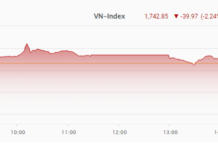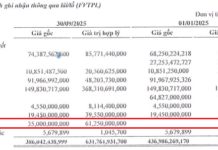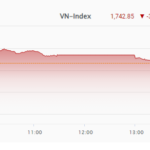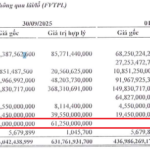
After recovering from a long downtrend season, Bitcoin miners are back in survival mode – pouring billions of dollars into equipment and consuming record-breaking amounts of energy ahead of the upcoming halving event, threatening the income of miners.
Bitcoin has increased more than four-fold since the 64% drop in 2022 due to a series of bankruptcies and scandals in the cryptocurrency industry.
Since February 2023, 13 of the top mining companies have ordered over $1 billion worth of specialized computers, according to data compiled by TheMinerMag based on public reports. CleanSpark Inc. and Riot Platforms Inc. lead this group, spending $473 million and $415 million respectively on equipment.
The machines are purchased to help miners increase efficiency of their operations and lock in discounted electricity prices. Miners constantly seek cheap electricity sources as they use energy-consuming computers to verify transactions on the blockchain in order to earn rewards in Bitcoin.
This activity is driving miners to consume energy at a record-breaking rate. Last month, miners consumed a record-breaking amount of electricity at 19.6 gigawatts, up from 12.1 gigawatts in the same period in 2023, according to estimates by Coin Metrics. This is equivalent to the electricity that can power about 3.8 million homes in Texas, where there is a significant amount of Bitcoin mining activities.




































